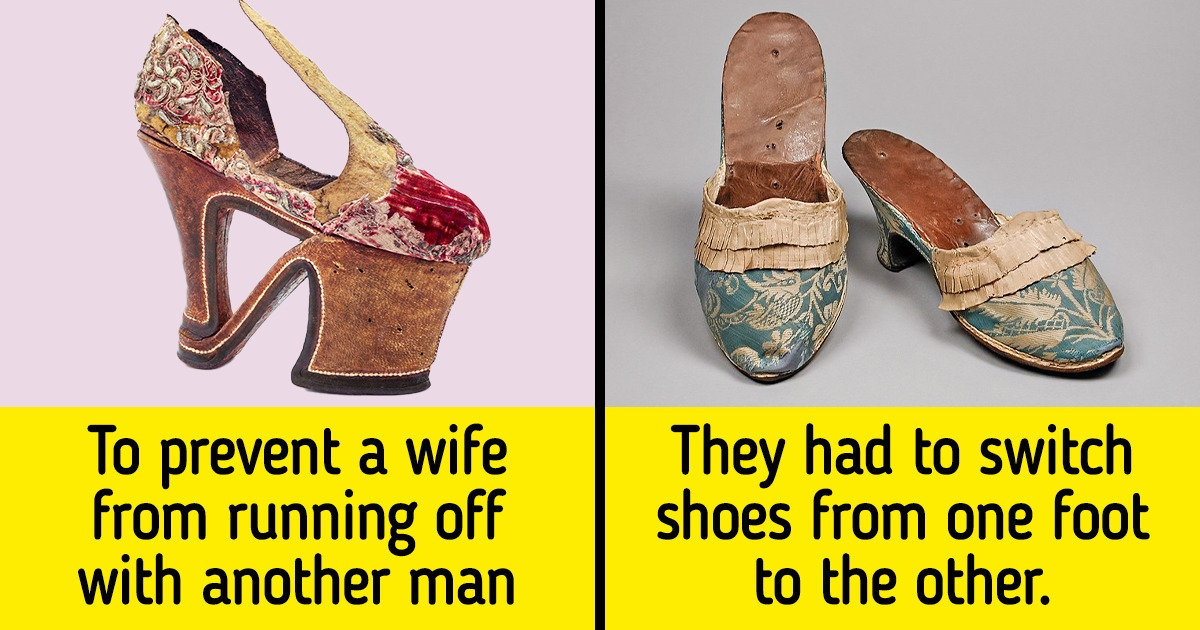17 People Who Got Their Monthly Dose of Surprise in Just One Day

Curiosities
3 years ago

Shoes appeared primarily in order to protect the feet from the effects of the external environment. But later, people began to use footwear to express themselves, complement their outfits, show their status, and much more. So, some time ago, high heels were used to protect a family, the color of soles determined a person’s financial status, and children had to practice walking in shoes properly.
What do you think about the shoes of the past? Which fact did you find the most fascinating?











